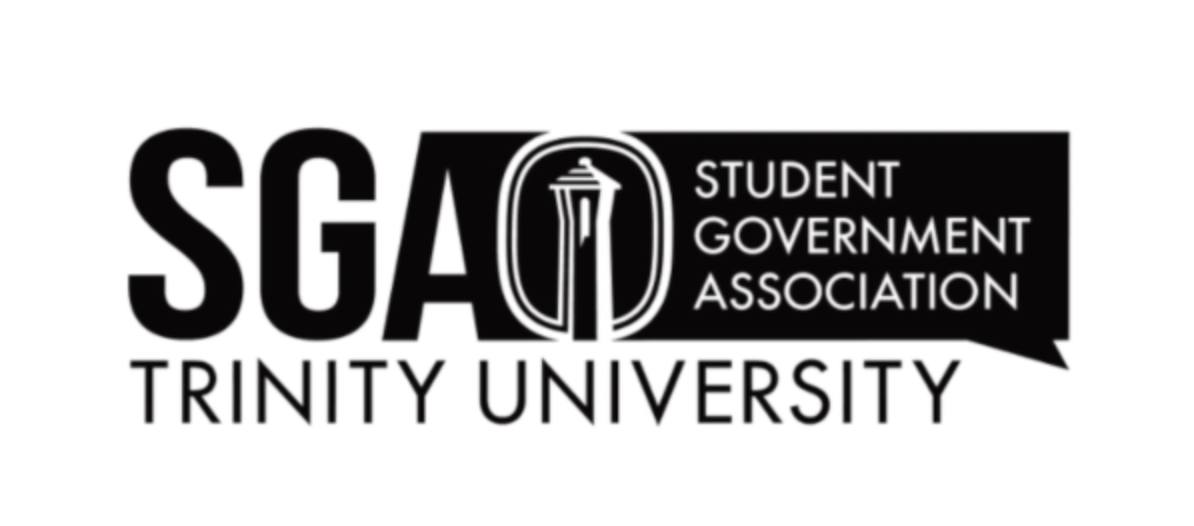As of this fall semester, the Trinity University Center for International Engagement (CIE) converted the school’s financial policy for study abroad programs to a “home school model,” meaning each student will pay the same amount for semester abroad programs, regardless of the true cost of their chosen program.
Under this model, students will owe whatever they paid for their previous semester at Trinity, which typically amounts to tuition after scholarships and grants are applied, plus room, board and health insurance. Katsuo Nishikawa, director of CIE, spoke to the university’s motivation for this change.
“The home school model is something that almost all the universities our size are doing for study abroad. The change is happening industry-wide,” Nishikawa said. “The logic for it is that our previous model was too expensive for the University. We were not making the best use of the resources that we had. When we were sending 30″“40 percent of our students, that was fine, but if we really want to send 60 percent or 80 percent, and we don’t want to increase tuition, then we really have to think about how we do it. The issue is about how to use the same budget and take more students abroad.”
Andre Martinez, study abroad advisor, elaborated on the importance of this change.
“We believe that the revised financial policy for study abroad will allow more students to spend a semester abroad “‹since Trinity institutional and federal aid can be applied to the costs of a semester study abroad experience for approved programs,” Martinez said.
This move is a part of the university’s Strategic Plan, part of which contains a goal to greatly increase the percentage of students who study abroad.
“The Trinity Tomorrow Strategic Plan “‹for study abroad has a 2022″“2023 goal of 60 percent of all graduates who study abroad increase, so the revised financial policy was developed to help students study abroad for a semester,” Martinez said. “The costs of study abroad programs are high. For example, DIS Abroad in Copenhagen costs $25,500 for Spring 2018. If Trinity did not make the decision to help more students study abroad for a semester then programs such as DIS Abroad in Copenhagen would not be financially possible for most students.”
Nishikawa claims that by instituting the home school tuition model, the quality of the study abroad experience for most Trinity students will also be enhanced.
“Before, students shopped around for the cheapest program, and not necessarily the best academic fit. Students can predict how much it’s going to cost,” Nishikawa said. “Parents can predict how much it’s going to cost. Students are focusing on the programs that are going to be the best for them, the most challenging ones, the most rigorous in the most famous places. You can go to the London School of Economics, go to different universities abroad that are renowned for their quality.”
Already, the CIE has seen increased interest in study abroad programs.
“So far, our numbers at this time of year are excellent,” Martinez said. “We are swamped with student appointments, which I attribute partly to the decision to revise the financial policy as well as our increased outreach to students over the last two years.”
Ethan Courtman, a sophomore who studied abroad this past summer in Zhuhai, China, expressed his support of the new tuition model.
“I think it’s a good idea,” Courtman said. “I feel like it makes study abroad more accessible because it doesn’t discourage people to not study abroad due to price concerns, but it also encourages people to study abroad over the summer with the grant program.”
This summer, the university also launched its CIE Participation grant program, a need-based grant given to students who wish to participate in faculty-led study abroad programs over the summer. Unlike the fall and spring semester abroad options, these summer programs are not eligible for financial aid.
“The home school tuition model allows us to create the CIE Participation grant,” Nishikawa said. “It’s money that students can use to help pay for Trinity summer programs or beyond-the-classroom programs. Last year, we spent about $100,000 on sending students abroad. So, some students didn’t pay a dime, and went to Japan, Shanghai, Spain, and the only thing they had to do what apply for the grant. It’s a need-based grant, so students would have to have FAFSA document.”
Students can learn more about Trinity’s study abroad programs at gotu.us/studyabroad.







